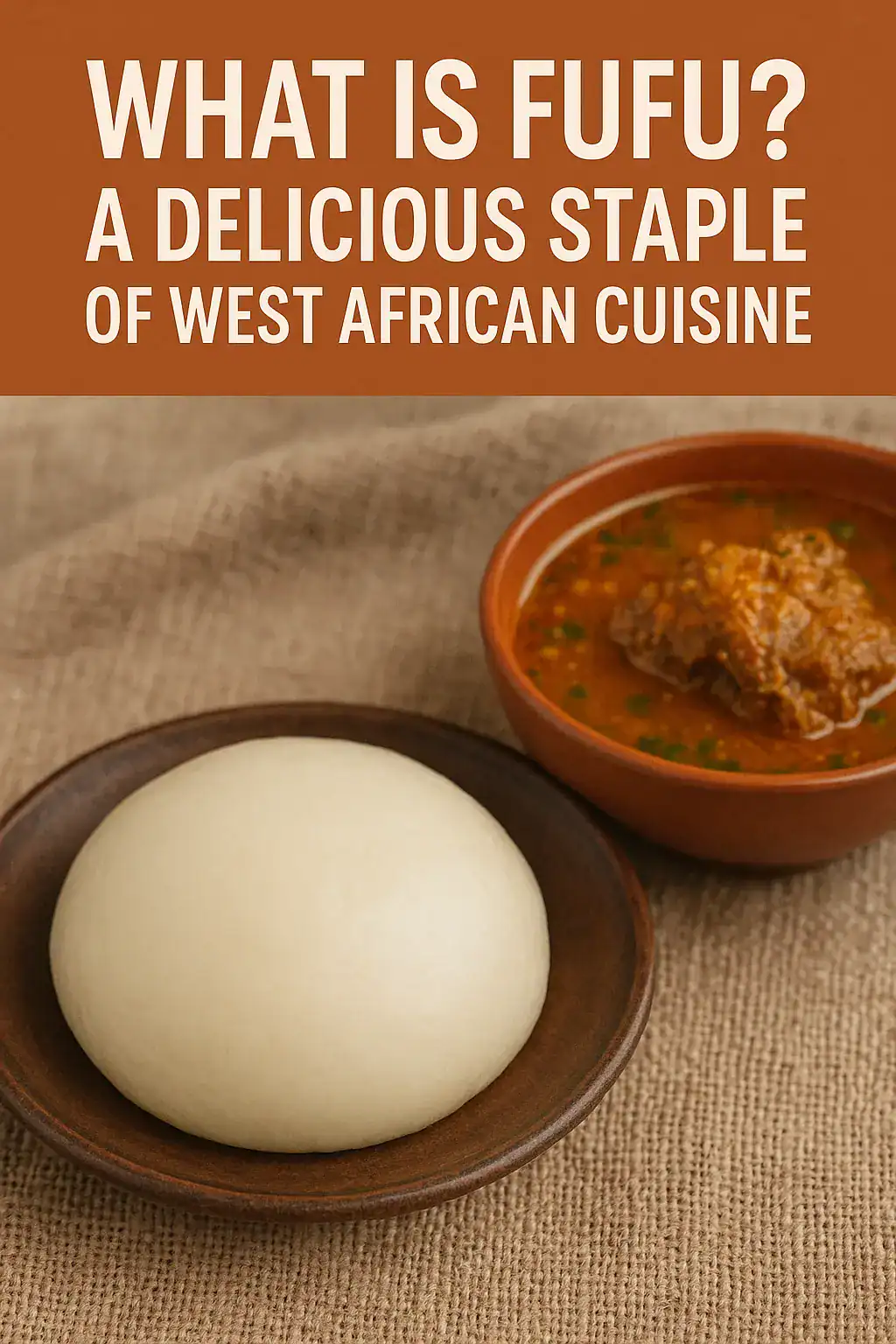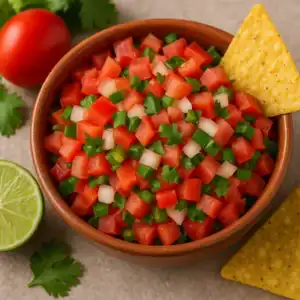What is Fufu? A Delicious Staple of West African Cuisine
If you love exploring world foods, you’ve probably heard of fufu — a popular and beloved dish across West Africa and other parts of the continent. But what exactly is fufu, how is it made, and how can you enjoy it safely at home? Let’s dive in!
What is Fufu?
Fufu is a traditional starchy side dish made by boiling and pounding root vegetables like cassava, yams, or plantains. It has a smooth, stretchy, and slightly sticky texture that makes it perfect for dipping into soups and stews.
It’s more than just food — fufu holds cultural importance in many African communities, where it is often shared during family meals and celebrations.
Common Ingredients
The most common base ingredients for fufu include:
- Cassava (manioc): A starchy root vegetable that is peeled, boiled, and pounded.
- Yams: Not to be confused with sweet potatoes, yams are also peeled, boiled, and mashed.
- Plantains: Green (unripe) plantains are sometimes used, boiled and mashed to create a slightly different flavor.
Some regions combine these ingredients or add cornmeal or rice flour for variety.
How is Fufu Made? The Traditional Method
Traditionally, fufu is made by:
- Peeling and boiling the chosen root vegetables until they are soft.
- Pounding the boiled roots using a large mortar and pestle until the mixture becomes smooth, stretchy, and elastic.
- Shaping the fufu into small balls or portions.
This pounding method requires strength and skill to achieve the right texture, which is soft but elastic, not lumpy or too stiff.
Modern and Safe Cooking Tips for Making Fufu at Home
For those who don’t have a mortar and pestle, there are safer and easier ways to prepare fufu without sacrificing quality:
- Use a food processor or stand mixer: After boiling the roots, mash them well with a food processor or heavy-duty blender to get a smooth texture. You can add a little hot water to help the mixing.
- Buy pre-made fufu flour or frozen fufu: These are processed for convenience. Just follow package instructions to prepare — usually by mixing with hot water and stirring.
- Cook thoroughly: Always boil the roots or flours completely. Undercooked cassava can contain toxins called cyanogenic glycosides, which are harmful if consumed. Proper cooking removes these toxins safely.
How to Eat Fufu
Fufu is traditionally eaten with the fingers. Here’s how:
- Pinch off a small ball of fufu.
- Dip it into your favorite soup or stew. Popular choices include peanut soup, egusi soup, or light soup.
- Swallow it without chewing too much — the texture makes it easy to swallow and it complements the rich, flavorful soups.
Why People Love Fufu
- Comforting texture: Its soft, chewy consistency is very satisfying.
- Versatile: It pairs well with many types of soups and sauces.
- Nutritious: Made from natural root vegetables, it provides carbohydrates and energy.
- Cultural heritage: Eating fufu is a way to connect with African traditions.
Final Thoughts
Fufu is more than a food — it’s an experience full of culture, taste, and community spirit. Whether you try the traditional pounding method or a modern shortcut, always ensure you cook your ingredients thoroughly for safety.
Next time you want to try something new and delicious, give fufu a chance. It’s a wonderful introduction to West African cuisine and perfect for sharing with friends and family.
Great! Here’s a simple, safe, and easy-to-follow Fufu recipe :
Easy Homemade Fufu Recipe for Beginners
Ingredients:
- 2 cups cassava flour (or fufu flour, available at African or international grocery stores)
- 4 cups water
- Optional: 1 cup plantain flour (for a mix flavor and texture)
Instructions:
- Boil the water: Bring 4 cups of water to a rolling boil in a pot.
- Mix the flour: In a bowl, mix cassava flour (and plantain flour if using).
- Add flour to water: Slowly pour the flour into the boiling water, stirring continuously with a wooden spoon or spatula to avoid lumps.
- Cook and stir: Lower the heat and keep stirring firmly for about 5–7 minutes. The mixture will thicken and become stretchy. If too thick, add a little hot water.
- Shape the fufu: Once smooth and stretchy, scoop out portions with a wet spoon or hands (wet your hands with water to avoid sticking) and form into small balls.
- Serve immediately: Fufu is best eaten fresh with your favorite soup or stew.
Safety Tips:
- Always use pre-processed flour from trusted sources.
- If using fresh cassava or plantains, peel, boil thoroughly, and mash properly.
- Avoid undercooked cassava due to potential toxins.




